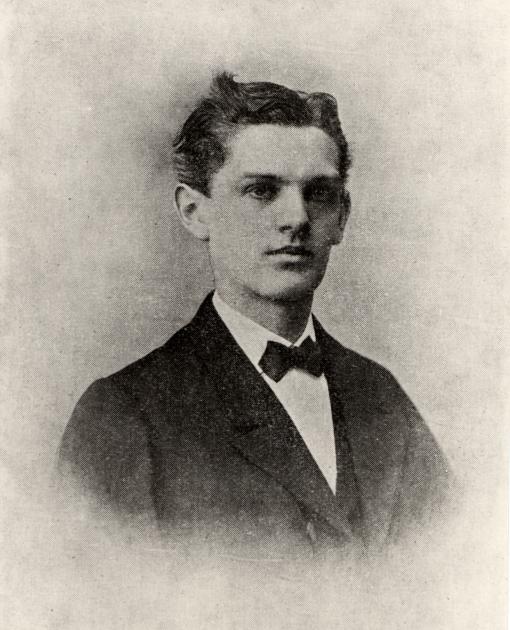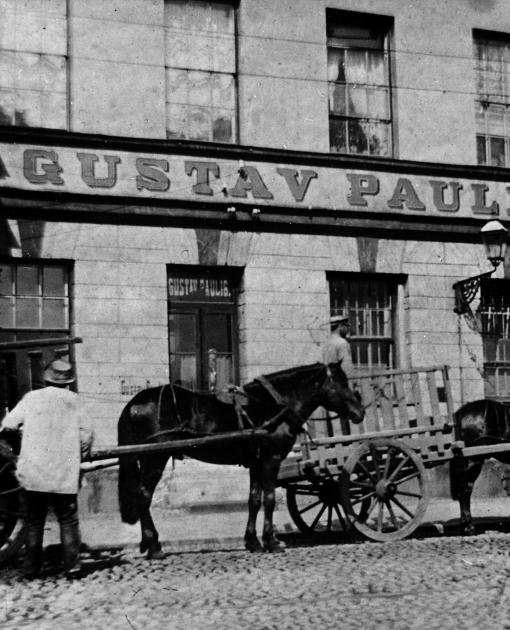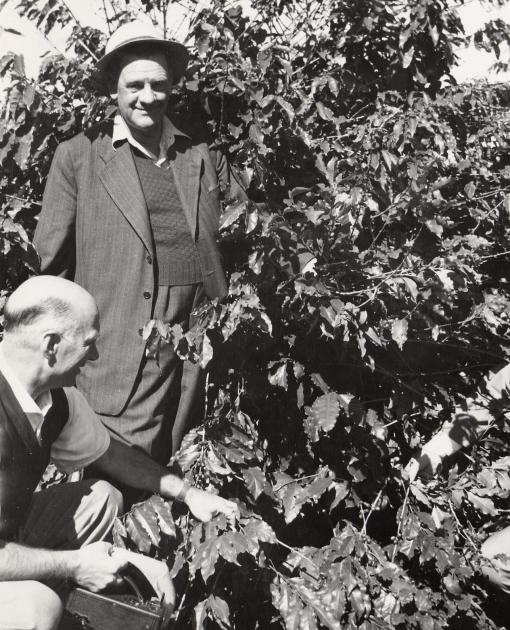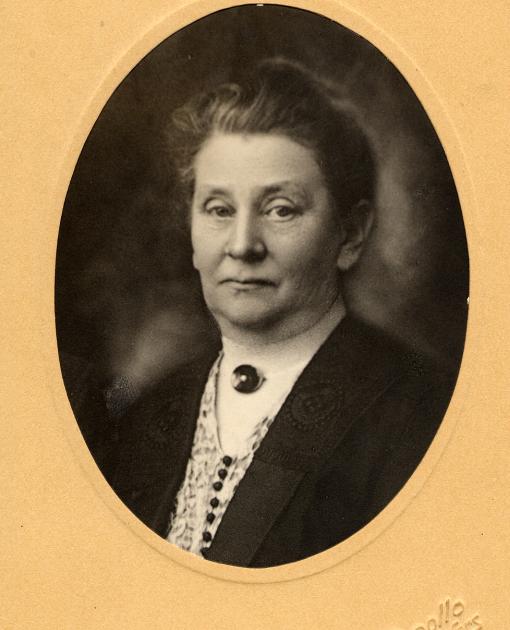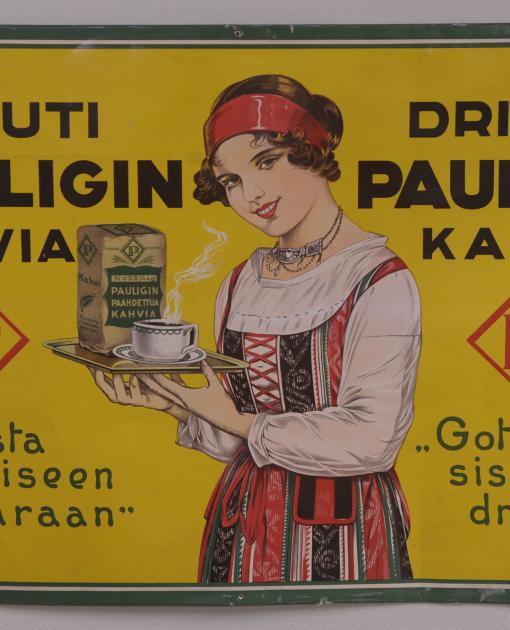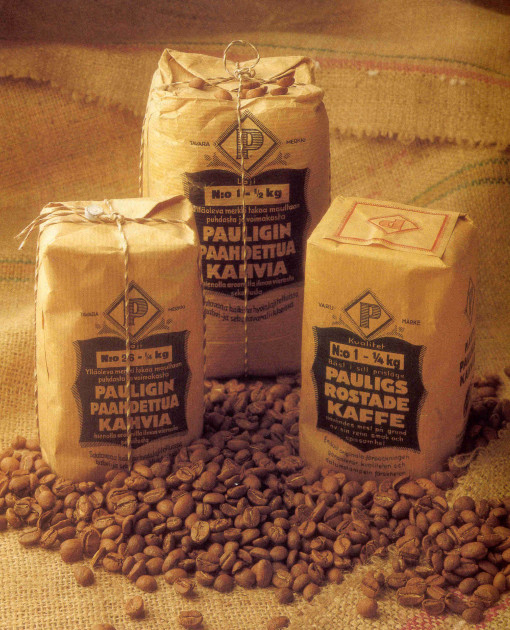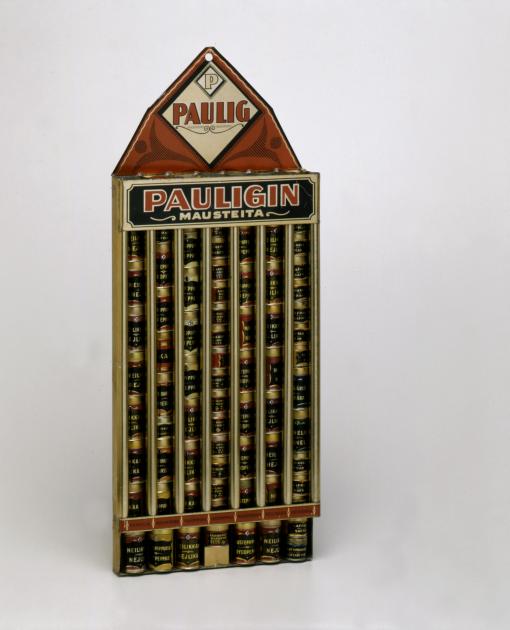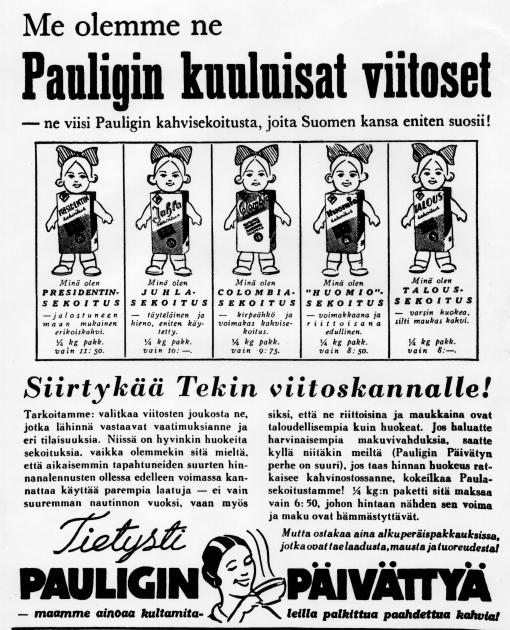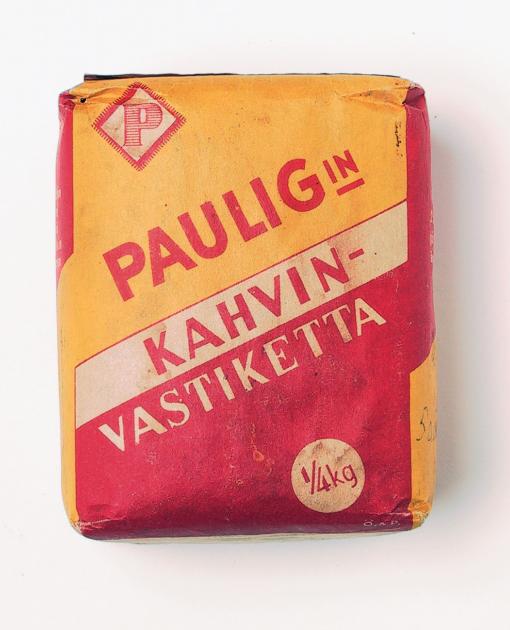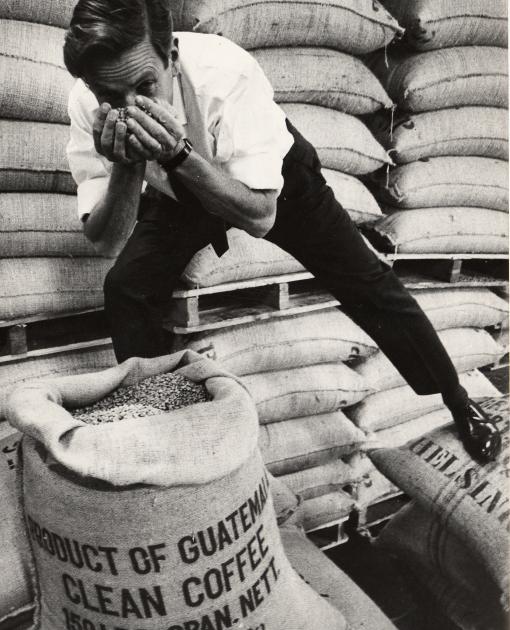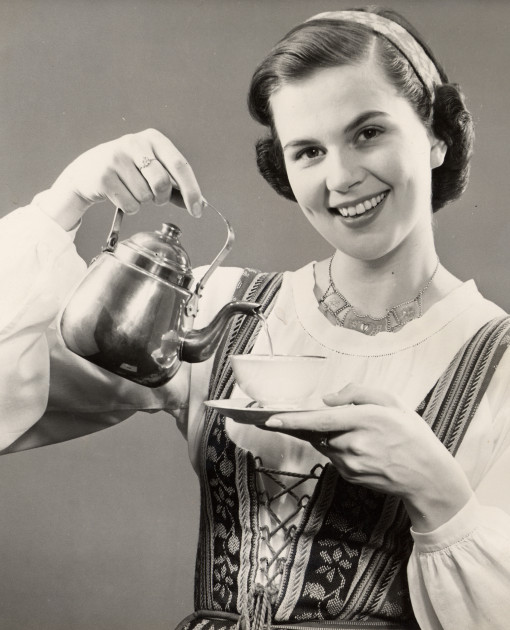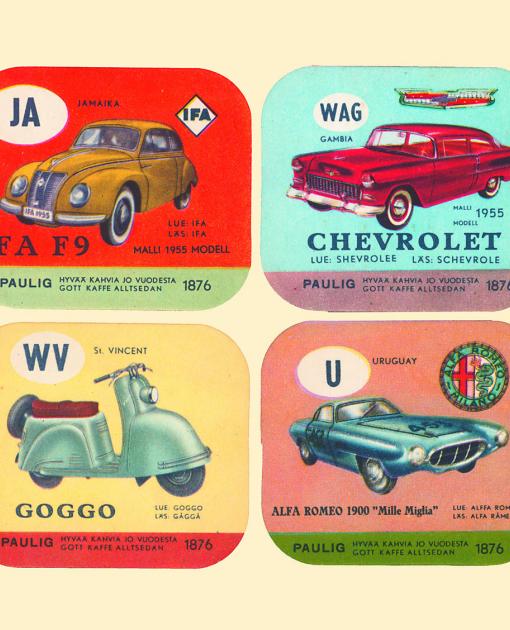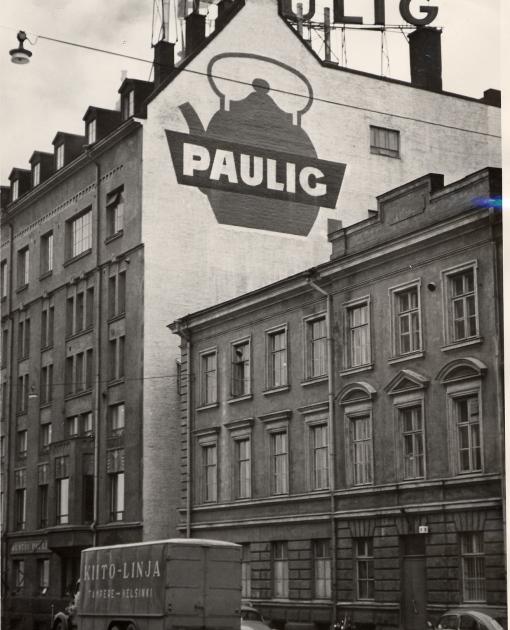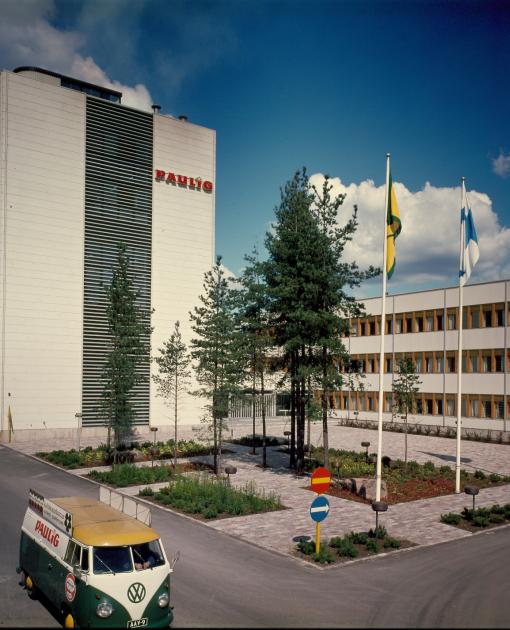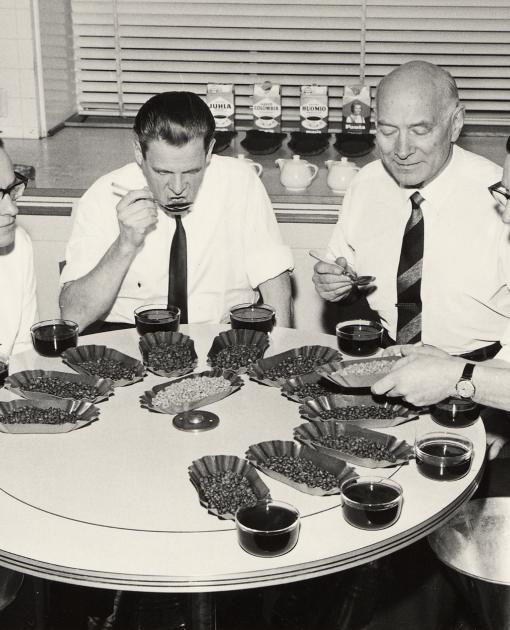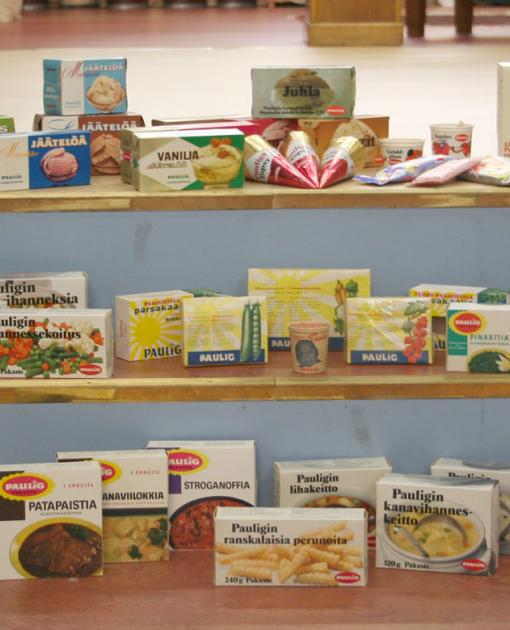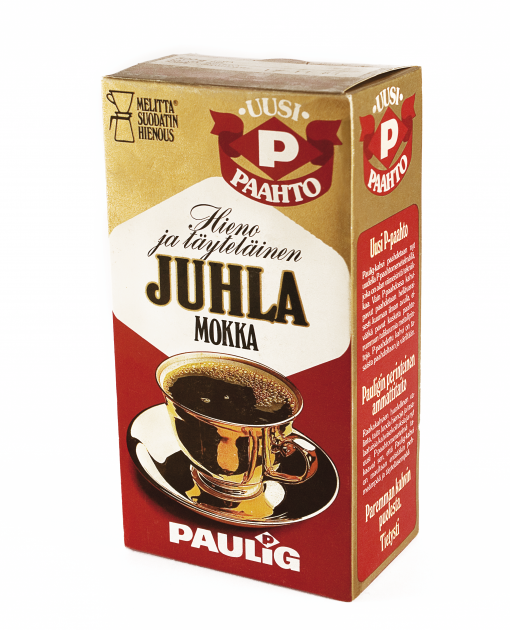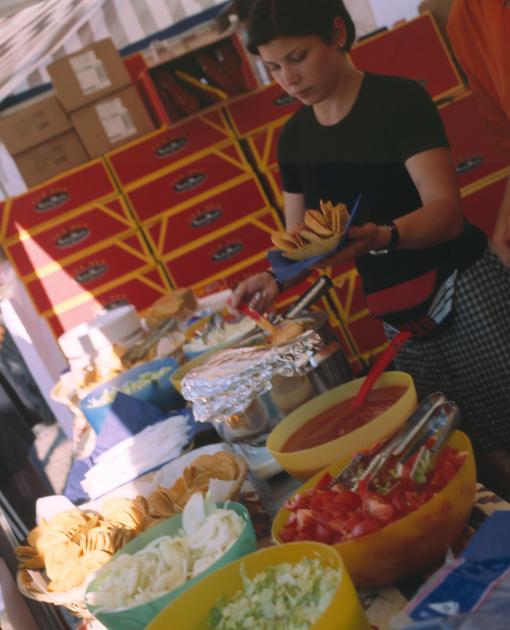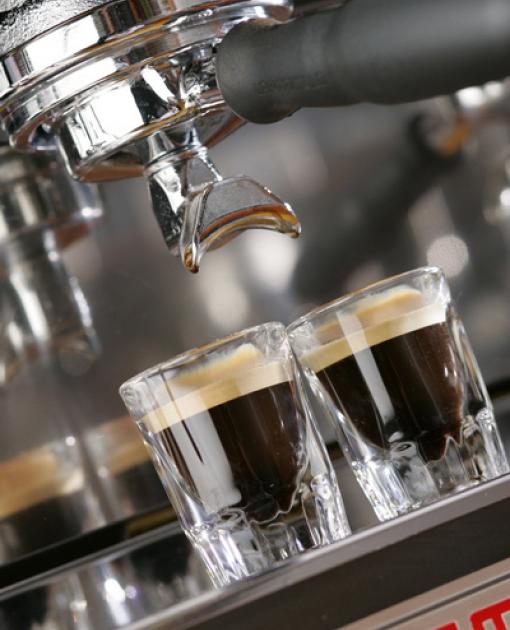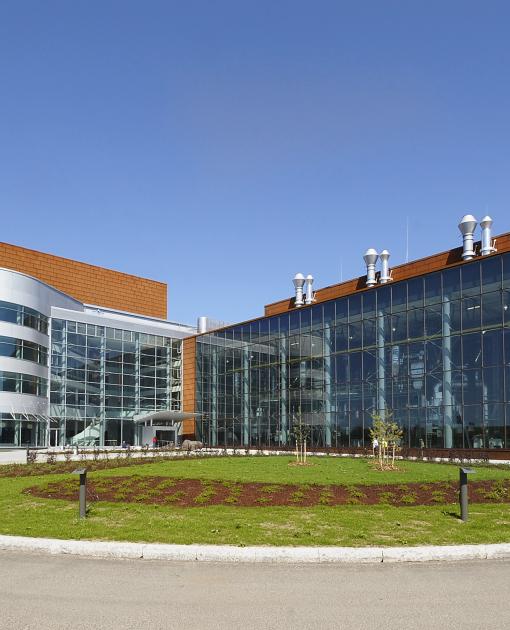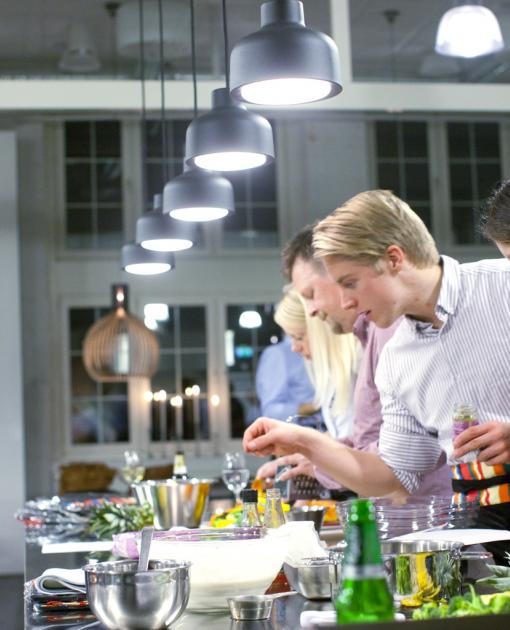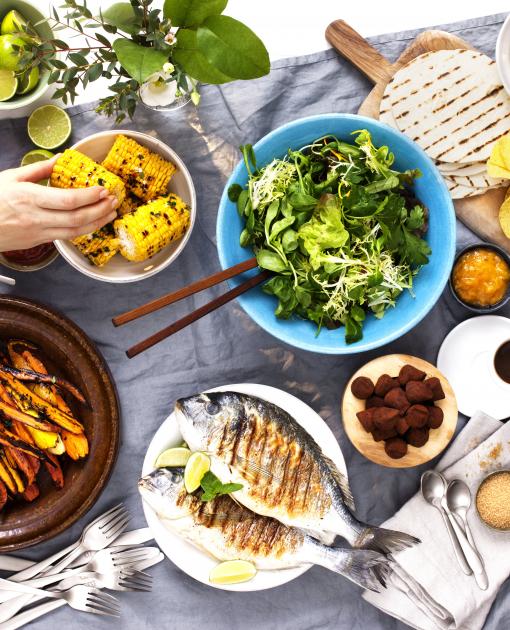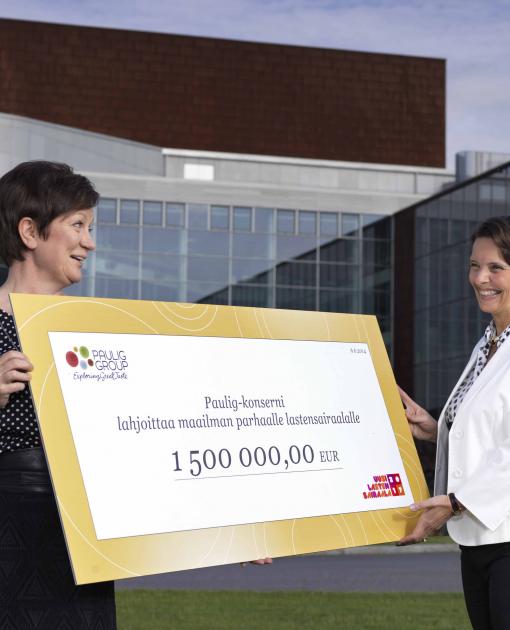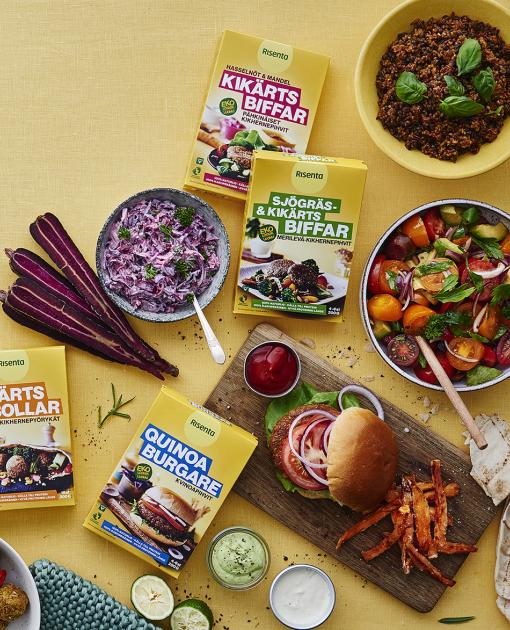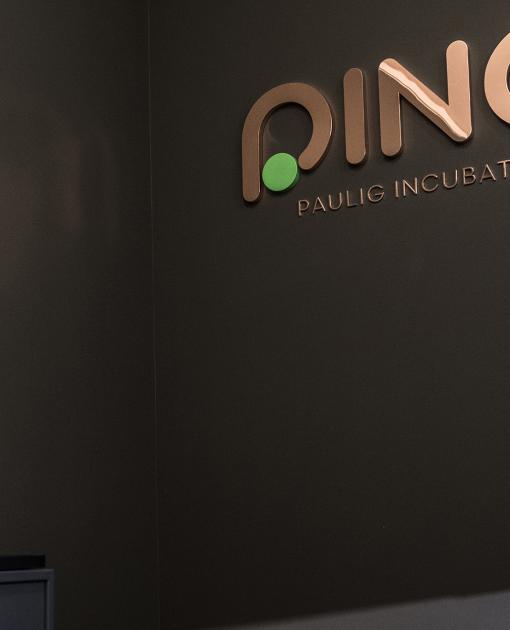The Grand Duchy of Finland was undergoing great changes, but it offered plenty of opportunities for a foreign businessman.
Gustav founded a wholesale business for imported groceries. The office was at Fabianinkatu 10. Customers calling at the polite 26-year-old dealer’s shop found plenty to choose from: green coffee, spices, loaf sugar, rice, raisins, dried fruit, oils, port and cognac. In his first year in business, Gustav Paulig imported and sold 303,000 kilos of green coffee, which was seven per cent of Finland’s total for coffee imports at that time.
In Helsinki Gustav met the attractive Bertha Bohnhof, whose father had a nursery and garden at Arkadianmäki along the edge of town, where the Parliament Building stands today. The couple was married in December 1876 and settled down in a house on Bohnhof ’s property.
Ten years later Gustav rented eight acres of land between the Läntinen Viertotie street and the Humallahti district and bought a villa on the site. After some repairs it made a beautiful home for the Pauligs, who were blessed with three sons and four daughters.
1900s at the beginning of the century, the vast majority of food was still sold in the form of uncompressed raw materials
